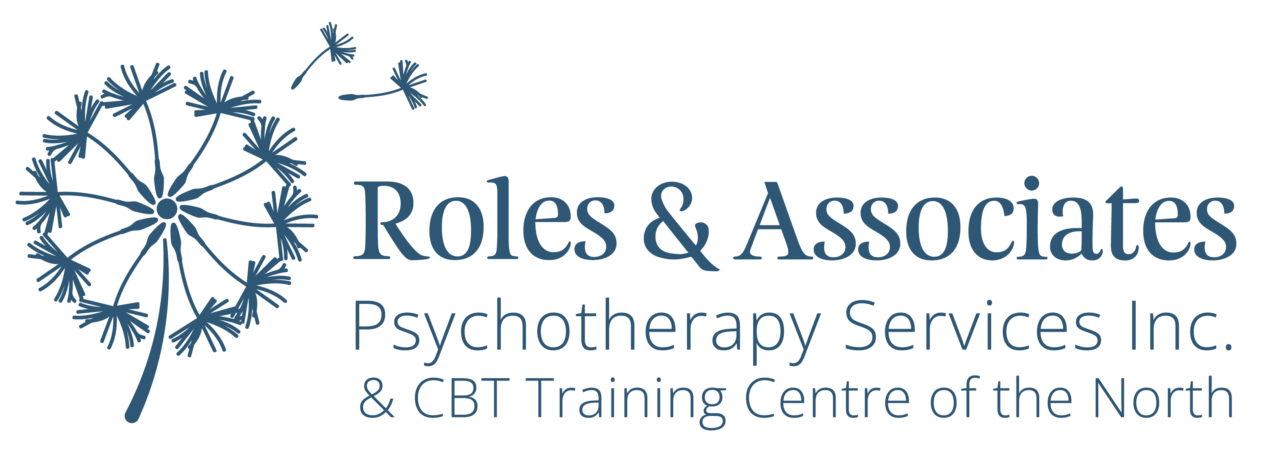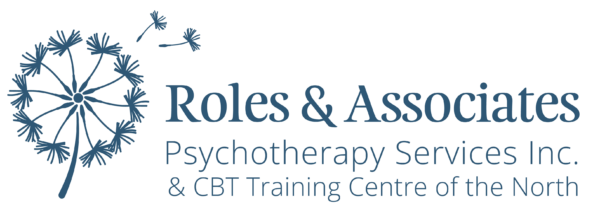The Effects of Childhood Trauma on Adult Anxiety
Written by Caitlin Stransky

When we hear the term childhood, many of us begin to picture a time of joy, curiosity, innocence, and safety. Perhaps we imagine a time where one feels loved and protected by their family, which then lends to developing secure and healthy relationships later in life. While this is certainly an ideal and lovely image of childhood, the truth is that many of our childhood experiences differ from this.
According to SAMHSA’s National Child Traumatic Stress Initiative (2023), two-thirds of children report experiencing at least one traumatic event by the age of 16. While childhood trauma can take many forms, physical abuse, emotional abuse, sexual abuse, neglect, exposure to domestic violence, parental substance abuse, and abandonment are often noted throughout research. Trauma experts have further proposed that early traumatic experiences may be more psychologically damaging than those occurring later in life, as children are less capable of effectively organizing their responses to trauma, and are more vulnerable to adverse brain development, which may play a role in psychiatric disorders (Zlotnick et al, 2007).
Among the many psychological complications that may arise, childhood trauma has been noted as a major predisposing factor in forming anxiety symptoms and disorders in adulthood. This is largely because childhood trauma often creates an environment of instability and unpredictability – the effects of which can last a lifetime (Kolak et al, 2018). To illustrate, imagine a child who grows up in an abusive household, where their caregiver often lashes out over small things or for no reason at all. In response, this child is likely to become hypervigilant toward their caregiver’s moods in an attempt to protect themselves. As an adult, this individual may maintain this level of caution by constantly scanning their environment for potential threats, or by over analyzing other people’s reactions.
Individuals with childhood trauma may also grow avoidant of social situations and have difficulty forming trusting relationships with others. It is important to emphasize that this is because individuals who experience trauma often internalize the event, and subsequently develop negative thoughts about themselves, others, and/or the world around them.
As quickly mentioned above, some childhood trauma may also alter the structure and function of the brain. A study by Teicher et al. (2014) demonstrated these alterations by comparing the brains of young adults who experienced childhood maltreatment with those who did not. Differences were found in the regions of the brain responsible for emotional regulation, self-awareness, as well as the ability to attribute thoughts or intentions to others. Another study by Gerin et al. (2019) found that adults who experienced different forms of childhood abuse and neglect showed greater activation in the amygdala, which is the part of the brain that detects a threat.
While the effects of childhood trauma are often serious and devastating, both trauma and anxiety disorders can be treated. If you believe that your anxiety may be the result of childhood trauma, it may be beneficial to consider working alongside a licensed therapist who specializes in treating trauma and associated disorders.
References
Gerin, M. I., Viding, E., Pingault, J., Puetz, V. B., Caspi, A., Radtke, S. R., Brigidi, B. D., Swartz, J. R., Hariri, A. R., & McCrory, E. (2019). Heightened amygdala reactivity and increased stress generation predict internalizing symptoms in adults following childhood maltreatment. Journal of Child Psychology and Psychiatry, 60(7), 752–761. https://doi.org/10.1111/jcpp.13041
Kolak, A. M., Van Wade, C. L., & Ross, L. L. (2018). Family Unpredictability and Psychological Distress in Early Adulthood: The Role of Family Closeness and Coping Mechanisms. Journal of Child and Family Studies, 27(12), 3842–3852. https://doi.org/10.1007/s10826-018-1211-4
SAMHSA. (2023). Understanding Child Trauma. National Child Traumatic Stress Initiative. https://www.samhsa.gov/child-trauma/understanding-child-trauma
Teicher, M. H., Anderson, C. S., Ohashi, K., & Polcari, A. (2014). Childhood Maltreatment: Altered Network Centrality of Cingulate, Precuneus, Temporal Pole and Insula. Biological Psychiatry, 76(4), 297–305. https://doi.org/10.1016/j.biopsych.2013.09.016Zlotnick, C., Johnson, J. A., Kohn, R., Vicente, B., Rioseco, P., & Saldivia, S. (2008). Childhood trauma, trauma in adulthood, and psychiatric diagnoses: results from a community sample. Comprehensive Psychiatry, 49(2), 163–169. https://doi.org/10.1016/j.comppsych.2007.08.007

